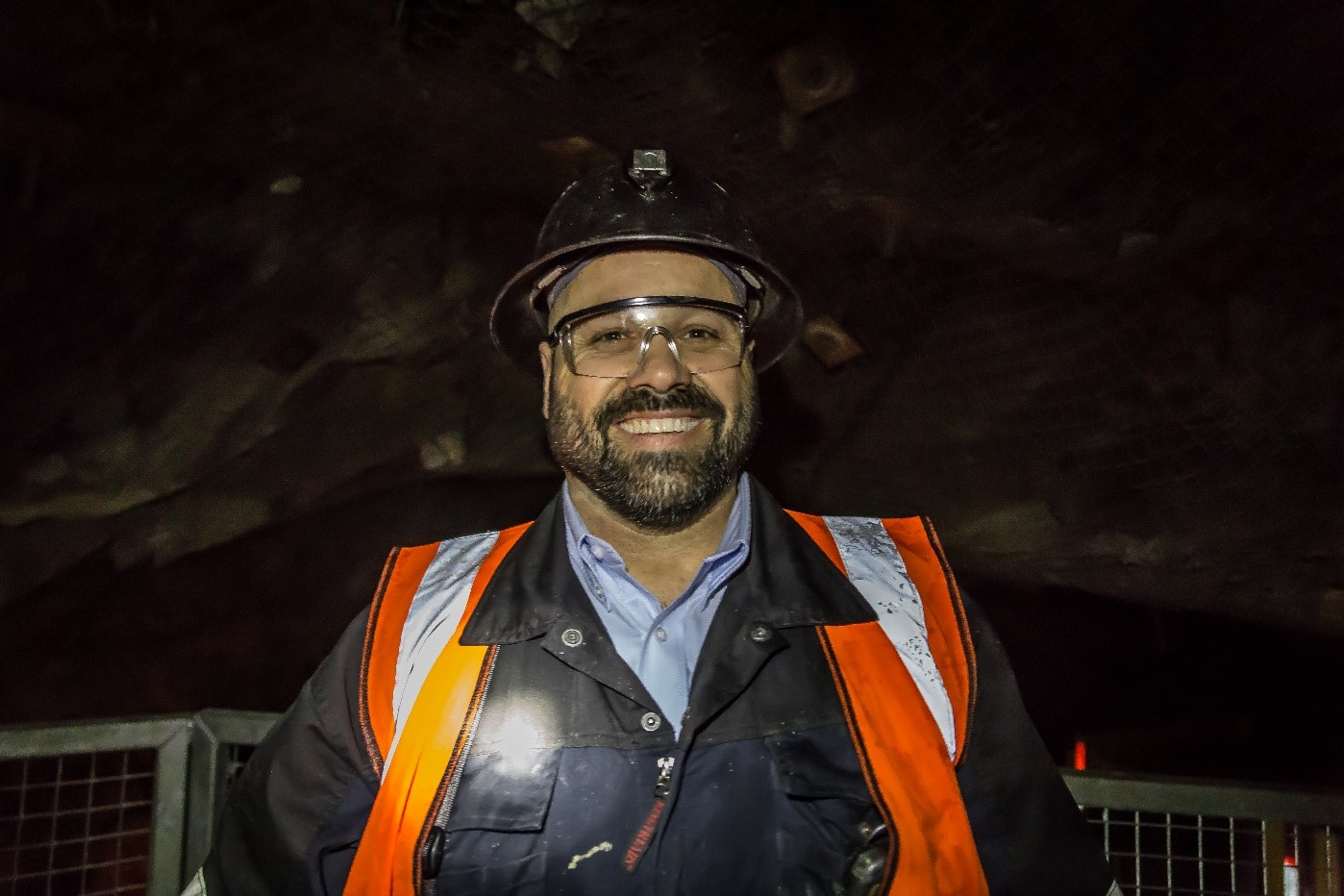
Article
From Jacklegs to Jumbos
When I sit down with Eric Tremblay, Dalradian’s Chief Operating Officer, the first thing I notice is his energy — the kind you get from someone who’s genuinely passionate about what they do. “I’ve been doing this for 40 years and I still love it,” he enthused at the outset of our conversation.
His career has spanned working on underground and open pit projects in the full range of positions in Canada, the Philippines, Ecuador, Africa, Mexico, the United States and now, Northern Ireland. All the way along, he has looked to marry engineering with humanity, understanding that it takes more than just the right technical approach to have a successful mine – a motivated workforce and supportive local community are also vital to success.
An early start: Mining in the Blood
Mining has been part of Eric’s life for as long as he can remember. Growing up in Quebec, he watched his father, a miner, come home each day pleased with his work. “He always came home with a smile, never a complaint,” Eric recalls. “That left a mark on me — he took pride in what he did. He told me if you find a job you love you’ll never work a day in your life and that’s what I’ve found.”
By 16, Eric was working summer jobs on the surface at a mine — painting, fixing equipment, and doing odd jobs. “It was better than working on the family farm,” he admits, though the years spent helping on his uncle’s dairy farm gave him the grit and work ethic he’d later need in mining. It’s hard but rewarding work.
Initially, Eric didn’t set out to be a mining engineer. He left secondary school with good grades and went on to complete a college diploma with a focus on the sciences but didn’t know what he wanted to do, so he later dropped out of college. Back home, his father told him he’d have to pay his own way. The next day, Eric had a job at the mine — and rediscovered the satisfaction of the work.
He began in mine development, the set-up phase before actual mining begins. This involves digging tunnels or access roads and putting all safety and environmental systems in place. After that, he became a mining leader. But at a certain point, he felt there was nothing more he could learn where he was working. “I was always impressed with the contractors — the shaft men — who do vertical tunnelling to make the mine shafts. So, I quit and went to work for contractors like Redpath and Ross-Finlay.”
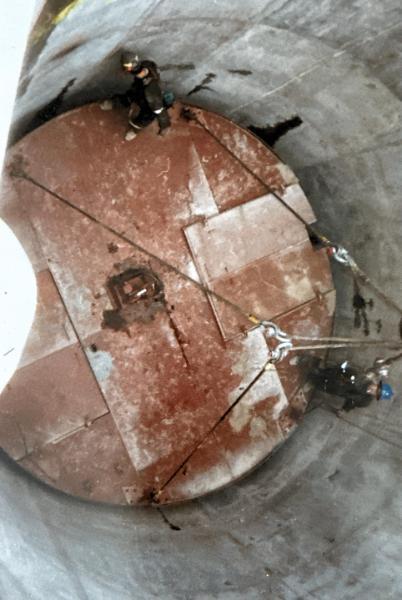
From Shaft Man to Engineer
During that time, he worked his way up — learning to be a shaft man, raise man, and jumbo operator, eventually becoming shift manager. “I did that for three years, but after the ‘closing of a shaft’ celebration — a bit like when they broke through the Channel Tunnel — I realised this wasn’t what I wanted to do for the rest of my life. I wanted to go back to college and university and become a mining engineer. At that point, the company I was working for, Ross-Finlay, said they would help pay for my schooling — but only if I promised to work for them during my school breaks and for a period after my degree.” That seemed like a good deal to Eric, so he hit the books at Laval University, where he earned his mining engineering degree.
During his studies Eric worked on a broad range of projects and was able to increase his knowledge and experience a great deal, seeing a range of techniques and management styles. Beyond a university degree, Ross-Finlay encouraged him to take many other courses, continuing to expand his skills. "Every time I was out of university, they’d call asking when I’d finish for the Christmas break. They’d tell me, ‘You’re going to that project — your vacation will be replaced with work’. I was lucky to be earning much more than the average student, but I didn’t have much time to get into any mischief."
There was one major downside to working as a contractor, he explained. “I was travelling a lot — away for maybe 40 days at a time with only couple days off — while my wife and kids were at home. I was missing out on family life, so I took a job with Barrick close to home, working in production. I was in charge of drilling, blasting, and paste backfill.” After that, Eric worked on multiple underground projects with Cambior/IAMGOLD, leading the permitting, expansions and start-up of their mines, including Doyon, Mouska, Geant Dormant, Niobec and Westwood for shaft sinking. He was based out of Val d’Or (literal translation is “Valley of Gold”), which has multiple Agnico-Eagle operations, including Canada’s deepest mine, La Ronde. “It was a pleasure to work on those projects, using the latest technology to improve safety and productivity underground.”
“Working in my backyard, I learned a lot and made many friends for life. In the Abitibi, mines have been the lifeblood of the area for generations and our families live in the most incredible outdoor playground – we fish, hunt, snowmobile and motorcycle, enjoying the wilderness all year around.”
A career highlight came when Osisko invited him to join their flagship open-pit project — a rare opportunity for someone with a predominantly underground background. “Underground mining is more complex, but Malartic was going to be Canada’s biggest mine, recovering the lower grade gold left over by the previous underground companies and part of the mine was within the town itself so it was a new challenge.” The project earned industry-wide recognition. Much of Eric’s work as the General Manager involved outreach to local people to ensure the mine existed in harmony with the community. “Mining projects succeed when they earn the trust of the communities around them, so that’s what we did. We held monthly community forums to discuss concerns, with all the engineers present to find solutions. I even worked with the local priest to arrange blasting times around church events.” Communication and continuous improvement were a daily focus.
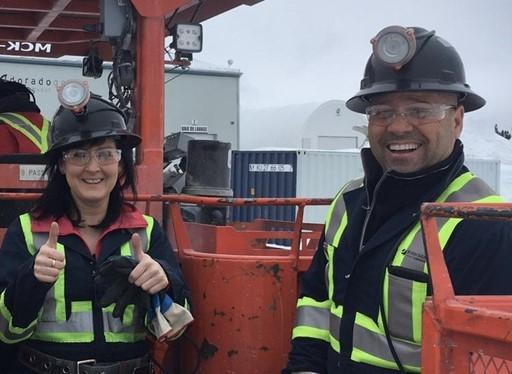
For Eric, mining has always been about more than the technical work. He believes in transparency and making operations visible to the public. A viewing platform was built so locals could see the mining operations, dust control and water management in live action. “We had nothing to hide — the more people see, the more they understand.” The company also partnered with a local mining museum, which had been facing closure, to offer public tours inside the mine. Around 1,500 to 2,000 people visited the museum and mine each year.
From Jacklegs to Jumbos: How Mining Has Changed
After four decades in the industry, Eric has seen how the industry has changed, from a better understanding of impacts and learning from past mistakes to the integration of full engineering design and follow-up, new legislation, advances in technology, and the growing importance of ESG. Like all industries, the mining sector has seen continuous improvements.
Health and safety has transformed since he began. “My dad used to tell me that in certain dangerous jobs, they would ‘plan’ for a fatality. Today, that’s unimaginable. But it took years of learning and mindset change to get here.”
It’s not just mining that’s changed. Farming and construction have also moved forward. “I remember when people would bury old tyres or scrap metal without thinking, or ride in the car while their dad smoked — things we’d never dream of doing now.”
Technological advances have transformed the industry. The internet and Wi-Fi allows mines around the world to share solutions instantly — so a fix found in Australia could be used in Canada the next day. Ground support methods have improved too, with technology now able to monitor rock pressure and conditions in real time. This has reshaped how engineers plan work sequences and made underground mining safer.
“When I started, mining was hard, manual work with jackleg drills. The first ‘big innovation’ I saw was mounting the jackleg on a frame, so you didn’t have to carry its full weight. At first, no one wanted to try it. But once a respected miner said that he had tried it and he’d never go back, everyone else followed. That was the start of mechanisation, which led to full tunnelling jumbos — and now automation.”
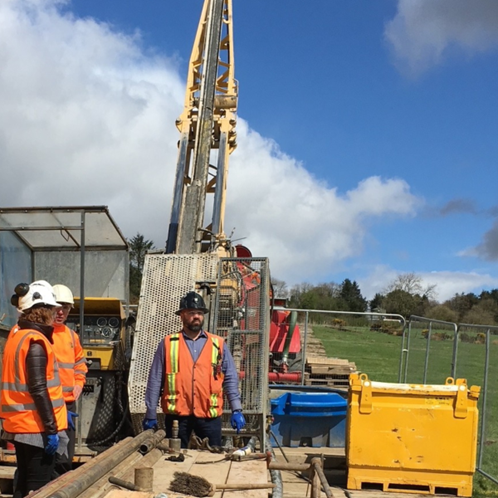
Today, ESG is a driving force in mining improvements. It’s about thinking beyond the next quarterly result and considering the next generation. “Mining is an important industry — when you stop improving, that’s the beginning of the end.” People are more aware, better informed, and increasingly determined to leave things better than they found them. “The public often only hears the negative stories about mining, not the many positive ones that happen quietly every day. Without mining we would have no cars, no machinery, no phones or computers, no electricity, no water treatment plants, our lives would be very different. Everything around us is grown or mined”
From Miner to Mentor: Passing on the Lessons
Over his career, Eric has worked on many mining projects, both as a contractor and company employee, giving him a rare view into different ways of solving problems. “That’s been one of the biggest advantages in my career — knowing there’s always more than one way to solve a problem.”
Coaching and mentoring have always been a big part of Eric’s career. “I spent ten years as chairman of the National School of Mines, giving time to the future people who would take part in the industry,” he says. Whether guiding young engineers or sharing lessons with students, he isn’t shy about giving honest feedback. “Sometimes I tell someone they need to improve — and that doesn’t mean I haven’t had the same problem myself. I’ve made plenty of mistakes, and talking about them openly helps others learn.”
Eric encourages young professionals to learn from the ground up. “Spend a week doing the job of a miner, a plumber, or any of the trades you manage. Respect what they do. My dad always told me, if you rise in the company, don’t forget the people who helped you get there — bring them along with you. Success isn’t yours alone; it’s built on the work of others.”
For Eric, there’s no substitute for seeing and experiencing the work firsthand. “Read about it online all you want, but go and visit the mines, watch how things are done, and learn from those who are actually doing it. That’s the only way to truly understand and improve.”
Mining Mischief
“When I was a student working underground, there was a miner who loved to prank me. One day, I decided to get my own back. At lunch, he was stretched out on a bench in the lunchroom, having his usual 15-minute nap. I quietly tied him to the bench without him noticing, slipped outside, and banged on the steel door with all my strength. The noise made him jump so much the whole bench flipped over — with him still tied to it. He felt a bit bruised, but he had to admit it was a good one.”
Pranks weren’t limited to the lunchroom. “Sometimes, when the students were riding up to the surface in the cage elevator on their last day of the summer job, the miners would stop it halfway, open the door, and blast us with freezing underground water hoses. It was all in good fun — part of the camaraderie down there.”
That sense of humour, Eric says, is part of what makes mining communities special. But he’s quick to point out that mines today are very different from the “old dirty faces” in historic coal mining photographs. “When I started, no one wore a dust mask underground. Now, it’s standard. We know more, and health and safety is our top priority. The job’s the same, but the way we look after people has changed completely as we know more about the impact on our health”
Because in mining, just like in pranks, you learn quickly: preparation matters, you always adapt — and you never stop improving.

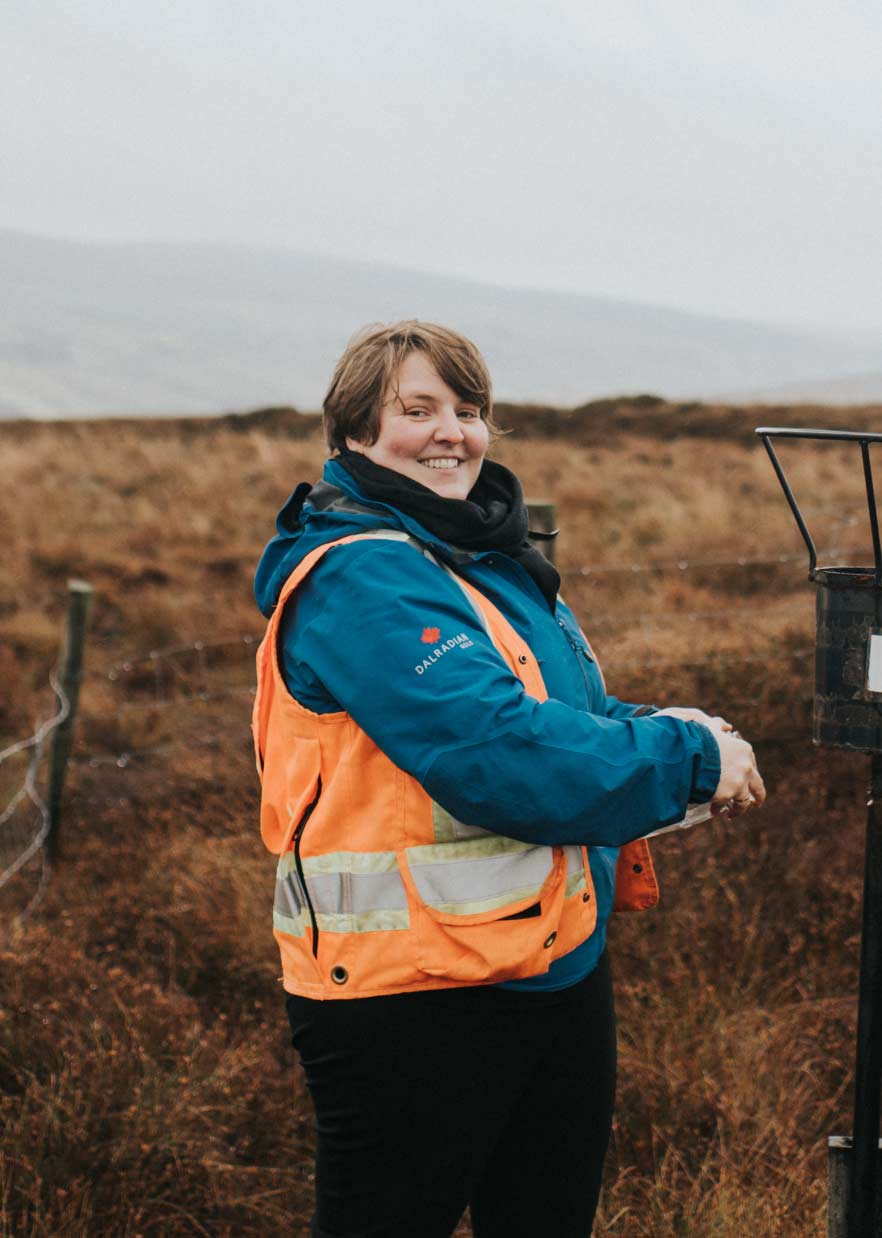
Your support matters
Support our plans to create jobs, strengthen the local community and respect the environment. The Department for Infrastructure will take your views into account. Help make our plans a reality.
Your letter of support will be sent directly to the Department for Infrastructure. Dalradian will not see your letter, nor any of your details.
Great things can happen with your support
Support our plans to create jobs, strengthen the local community and respect the environment. The Department for Infrastructure will take your views into account. Help make our plans a reality.
Customise a letter of support in two simple steps:
Provide your personal details
This will signal your support to the Department for Infrastructure. You can choose to keep these details private.
Tell the Department for Infrastructure why you support the project
Please tick all the elements you like about the proposed project.
Dalradian will not see your letter, nor any of your details. Your letter of support will be sent directly to the Department for Infrastructure
